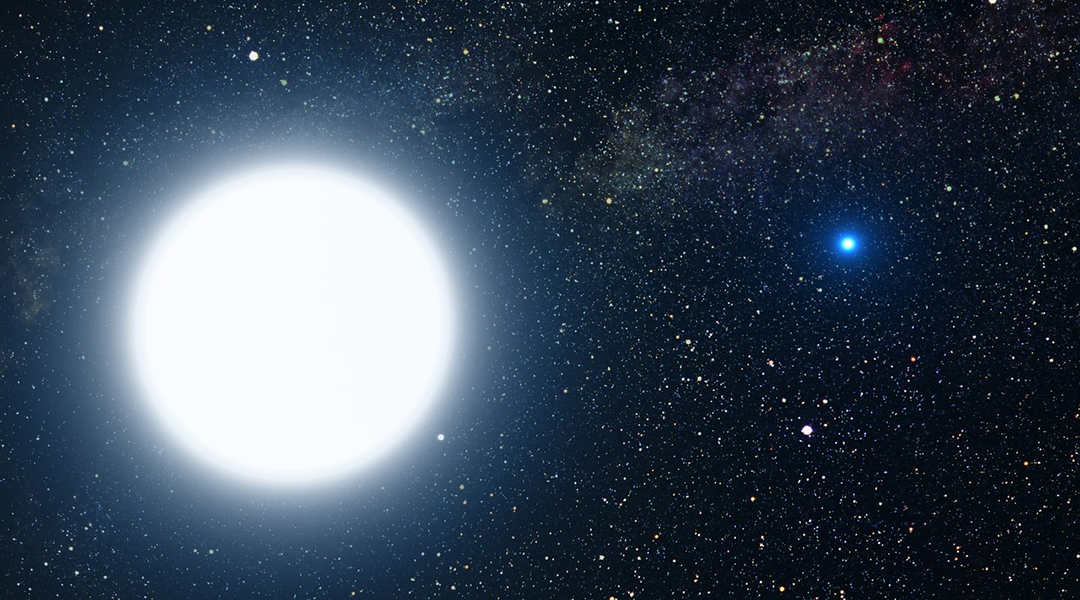Scientists have known for almost a century that most of the matter in the Universe is made up of a mysterious entity known as dark matter, which does not reflect or emit light — hence the name.
Its existence became apparent following numerous astronomical observations of the movement of stars and galaxies through space, which revealed something strange: The mass of visible matter was insufficient to explain the trajectories of these objects and that the amount of dark matter needed was five times that of ordinary matter.
Despite this theorized abundance, physicists have yet to directly observe dark matter and of its composition remains a mystery. This primarily because dark matter interacts very weakly with other particles, making its detection in laboratory experiments extremely difficult. So far, all such attempts have not yielded any results.
A team of American theoretical physicists, including Javier Acevedo, Rebecca Leanem, and Lillian Santos-Olmsted of Stanford University, have proposed an intriguing way to solve this problem in their preprint study using white dwarfs as “detectors” for elusive dark matter.
White dwarf as dark matter detectors
“As a star enters its red giant phase, it fuses helium to carbon and oxygen in its core, but if it does not have sufficient mass to generate the temperatures required for carbon fusion, an inert mass of carbon and oxygen will accumulate at its center,” wrote the team in their study.
“White dwarfs are the remnants of low to medium mass stars that have exhausted their nuclear fuel, and shed their outer layers, revealing the remaining core, typically composed of a crystalline lattice of carbon and oxygen atoms.”
White dwarfs represent the final stage of evolution for more than 97% of stars in the Universe, and have an incredible density. According to the study’s scientists, these properties may be useful in the search for dark matter particles.
“Its density renders it one of the most dense celestial objects in the Universe, only coming second to neutron stars. But compared to neutron stars, white dwarfs are much larger, such that the surface area available for [dark matter] capture is much larger,” they wrote. “This aids [dark matter] detection, as larger maximal capture rates mean more potential consequent particles arising from [dark matter] annihilation in white dwarfs.
“We target white dwarfs in the inner region of the Milky Way Galaxy, where they are numerous, and where the DM content is still high and yet much better understood (i.e., the [dark matter] density is not expected to be zero in the Galactic center).”
Interactions between white dwarfs and the particles that make up dark matter are theorized to result in the production of high-energy photons known as gamma rays, which could be detected using telescopes on Earth.
As the structure and emission spectrum of white dwarfs is already well known, the team hypothesized that any additional gamma rays coming from these stars could be observable and the data used to back calculate the particles that generated them.
No dark matter… yet
The physicists calculated the rate at which gamma rays should be produced if dark matter particles were to interact with a white dwarf residing in the core of the Milky Way, and compared their calculations with data from space-based gamma ray observatory, Fermi, and the ground-based H.E.S.S. Telescope.
This analysis, unfortunately, did not reveal any gamma rays originating from dark matter, but the physicists’ research is far from trivial. The absence of a dark matter signal helped set limits on the strength of interactions of its particles with ordinary matter, which were nine orders of magnitude stronger than what had previously been established, limiting possible theoretical models of dark matter and bringing us one step closer to an answer.
The team believes that this method of studying dark matter particles using white dwarfs may still yield results in the future. “In the future, sensitivities for [dark matter] searches in white dwarfs will be improved with advances in our understanding of the [dark matter] content both in our galaxy and in [certain galaxy] clusters,” the authors explained.
“Although our sensitivity is strong for a range of [dark matter] profiles, an improved understanding of the [dark matter] density in our galaxy could reduce the uncertainty in [the limits we derived] by several orders of magnitude.
“It is also possible that better understanding the [dark matter] content in [other galaxies] could lead to improved sensitivity of both white dwarf heating and gamma ray signals.”
References: Javier F. Acevedo et al, Milky Way White Dwarfs as Sub-GeV to Multi-TeV Dark Matter Detectors, [arXiv:2309.10843]
Feature image credit: WikiImages on Pixabay

















